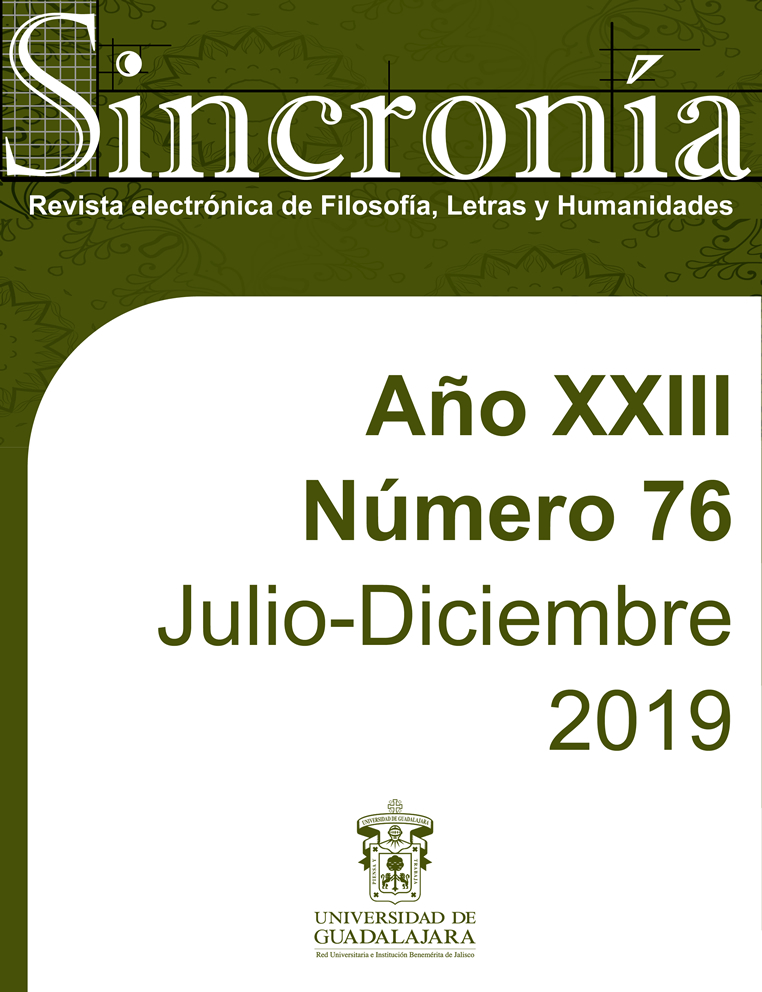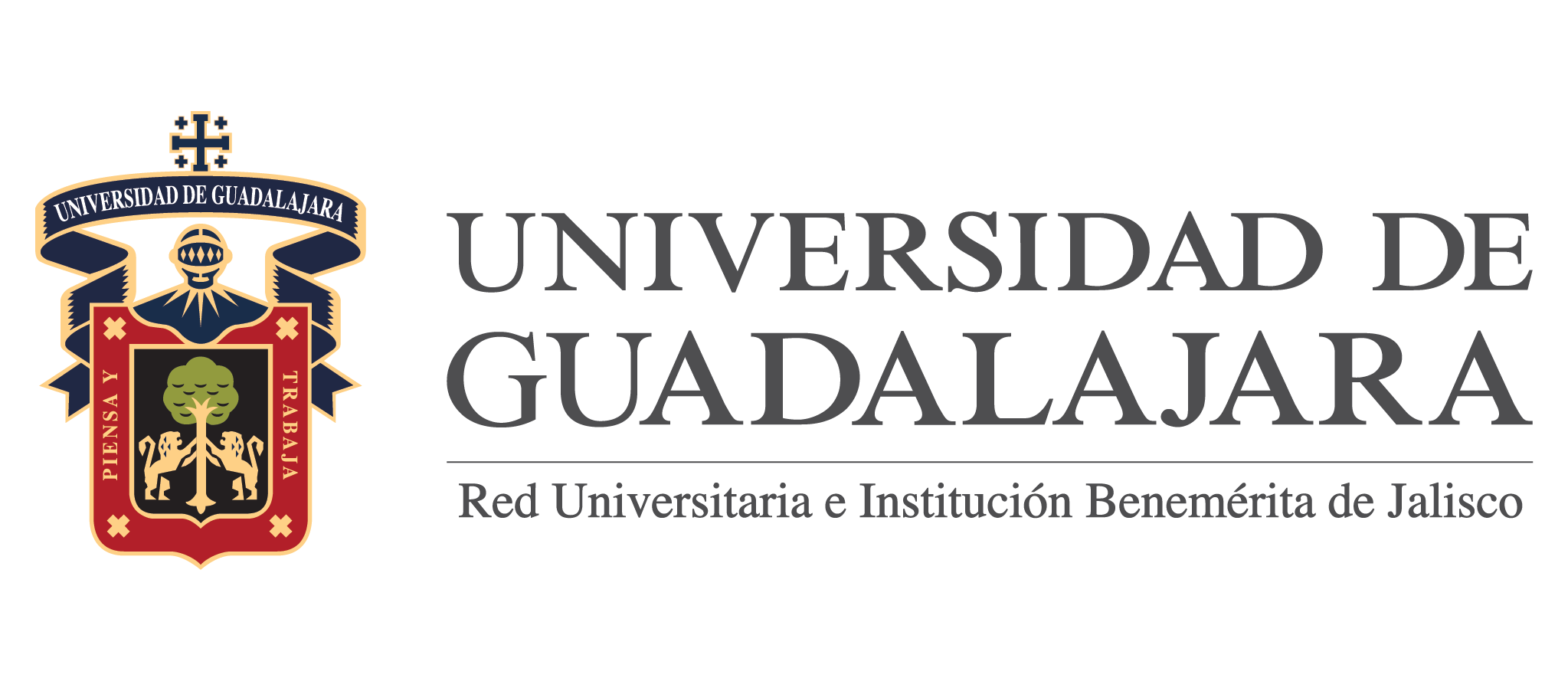Batman and Michelangelo: some considerations on modern art and postmodern art.
Keywords:
Art., Modernity., Postmodernity., Batman., Michelangelo.Abstract
The aim of the article is to present a first theoretical-interpretative approach on the contrast between modern art and postmodern, defining modernity and postmodernity from the discursive elements (textuality) that justify them. The pre-text of the discussion arises around a work of Renaissance art and a work of postmodern art. These works were created under artistic canons, considered by tradition as opposites. An initial model (pre-model) of approach to the categories of "modern art" and "postmodern art" is proposed, based on the notion of prototype and considering some theoretical treatments detached from functional linguistics. The thesis of this article is the following: modernity and postmodernity can be understood as dialectical opposites in the sense that they occupy the polar places along a continuum, in which we find the most diverse denominations in terms of art styles. These art styles differ from each other gradually by means of a set of characteristics that can act as "criteria" or "parameters".
Downloads
References
Benjamin, W. (2013). Sobre la fotografía. Valencia: Editorial Pre-textos.
Bouveresse, J. (1989). El filósofo entre los autófagos. México: Fondo de Cultura Económica.
Dilthey, W. (1949). Introducción a las ciencias del espíritu. México: Fondo de Cultura Económica.
Haftmann, W. (1957). Painting. En Ritchie, A. C. (Ed.). German art of the XXth century. New York: The Museum of Modern Art.
Hauser, A. (1993). Historia social de la literatura y del arte. Tomo II. (22ª edición). Barcelona: Editorial Labor.
Hauser, A. (1982). Origen de la literatura y del arte modernos. I. El manierismo, crisis del Renacimiento. (4ª edición). Barcelona: Editorial Labor.
Kuhn, T. S. (1971). La estructura de las revoluciones científicas. México: Fondo de Cultura Económica.
Lakoff, G. (1982), Categories. An essay in Cognitive Linguistics. En Linguistic Society of Korea (Ed.). Linguistics in the Morning Calm. Seoul: Hanshin.
Lyotard, J-F. (2005). La posmodernidad (Explicada a los niños). Barcelona: Gedisa.
Lyotard, J-F. (1999). La diferencia. Barcelona: Gedisa.
Lyotard, J-F (1984). La condición posmoderna. (9ª edición). Madrid: Editorial Cátedra.
Lyotard, J-F. (1980). Les problèmes du savior dans les sociétés industrielles les plus développes. Québec: Gouvernement du Québec, Conseils des universités
Méndez, M. y Ramírez, C. (2017), Lo racional y lo razonable: crítica a los planteamientos posmodernos de J. F. Lyotard. En Mayorga, C.; Nava, J.M. y Ramírez, C. (Eds.). Argumentación y tipos de racionalidad. Guadalajara: Universidad de Guadalajara.
Mondolfo, R. (1966). Héraclito. Textos y problemas de su interpretación. México: Siglo XXI.
Nava, J.M. y Méndez, M. (2018). Carpeta de apuntes filosóficos. Guadalajara: Universidad de Guadalajara.
Oesterreicher, W. (2004). Textos entre inmediatez y distancia comunicativas. El problema de lo hablado escrito en el siglo de oro. En Cano, R. (ed.), Historia de la lengua española. Barcelona: Editorial Ariel.
O’Gorman, E. (1984). La invención de América. Investigación acerca de la estructura del mundo y del sentido de su devenir. México: Secretaría de Educación Pública.
Ortega, J. (1998). La deshumanización del arte y otros ensayos de arte. Madrid: Alianza Editorial.
Ortega, J. (22 de octubre 2007). Un “artista” mata de hambre a un perro en una exposición. Equinoxio. Recuperado de: https://www.equinoxio.org/estancias/un-artista-deja-morir-a-un-perro-en-una-exposicion-1979/
Paz, O. (2014). Excursiones e incursiones: dominio extranjero. Fundación y disidencia: dominio hispánico. Obras completas II. México: Fondo de Cultura Económica.
Platón. (1988). Diálogos. Parménides, Teeteto, Sofista, Político. V. Madrid: Gredos.
Rosch, E. (1978), Principles of categorization. En Rosch, E. & Lloyd, B. (eds.). Cognition and Categorization. Hillsdale, New Jersey: Lawrence Erlbaum Associates.
Rosch, E. & Mervis, B. (1975) “Family Resemblances: Studies in the Internal Structure of Categories”. Cognitive Psychology, (7), 573-605.
Seiler, H. (2001). The Cologne UNITYP project. En Haspelmath, M., König, E., Oesterreicher, W., & Raible, W. (eds.). Language Typology and Language Universalien. Sprachtypologie und sprachliche Universalien. La typologie des langes et les universaux linguistiques. Berlin/Nueva York: De Gruyter.
Stevens, W. (1945). Description without Place [Poem]. The Sewanee Review, 53(4), 559-565. Recuperado de http://www.jstor.org/stable/27537622
Vatimo, G. (2007). El fin de la modernidad. Nihilismo y hermenéutica en la cultura posmoderna. Barcelona: Gedisa.
Wittgenstein, L. (1988). Investigaciones filosóficas. Barcelona: Ediciones Altaya.
Žižek, S. (2008). En defensa de la intolerancia. Madrid: Ediciones sequitur.
Downloads
Published
How to Cite
Issue
Section
License
Copyright (c) 2019 Mauricio Méndez Huerta yu José María Nava Preciado

This work is licensed under a Creative Commons Attribution-NonCommercial 4.0 International License.
You are free to:
- Share — copy and redistribute the material in any medium or format
- Adapt — remix, transform, and build upon the material
- The licensor cannot revoke these freedoms as long as you follow the license terms.
Under the following terms:
- Attribution — You must give appropriate credit , provide a link to the license, and indicate if changes were made . You may do so in any reasonable manner, but not in any way that suggests the licensor endorses you or your use.
- NonCommercial — You may not use the material for commercial purposes .
- No additional restrictions — You may not apply legal terms or technological measures that legally restrict others from doing anything the license permits.




























